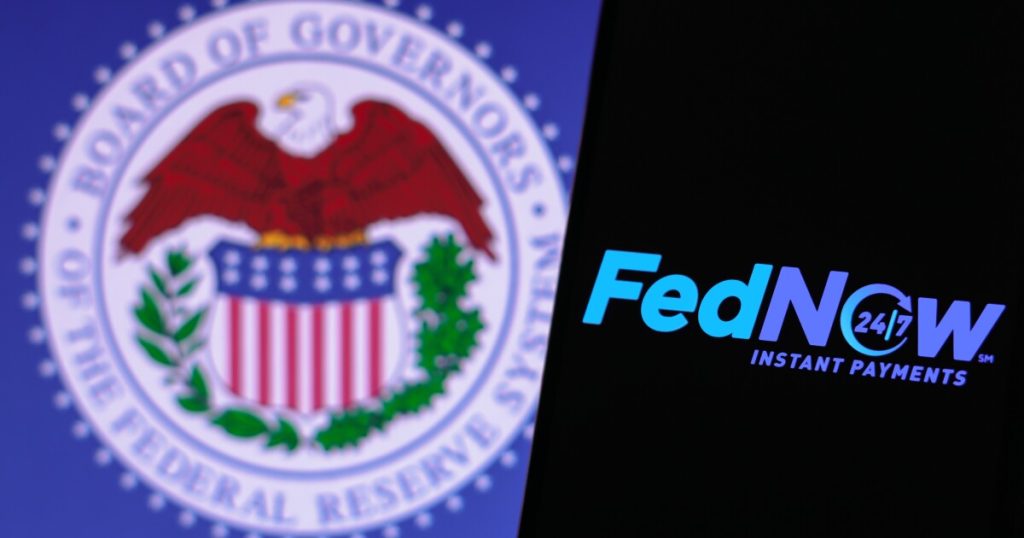- Key insight: FedNow is adding disaster government-powered recovery payments to its real-time rail.
- What’s at stake: Disaster recovery is key for payment financial services firms.
- Supporting data: FedNow, which launched in the summer of 2023, has about 1,500 financial institutions on board, up about 60% over 2024.
A lack of payments technology hindered
The government-operated instant processing system has added disaster relief as a real-time payment option via the U.S. Treasury, which will support the Fed’s rail. FedNow is positioning emergency relief as a “differentiator” for financial institutions that enable access through the payment system. Disaster recovery is a key way to draw attention to a firm’s responsiveness to consumers under duress, as
“Modern payments technology, including real-time payment rails like Venmo, Zelle, digital wallets and instant verification systems, transform disaster relief from the months-long delays during Katrina and weeks-long delays experienced during 2020 COVID checks into same-day or even same-hour disbursements,” Daniel Aldrich, Dean’s Professor of Resilience at Northeastern University, told American Banker. “These systems enable faster delivery, greater accuracy through real-time account verification, better fraud prevention and broader inclusion by offering multiple channels such as direct deposit, digital wallets and virtual cards that reach broader populations.”
‘Speed of need’
To access the FedNow real-time disbursement platform, financial institutions need to be in the
“There is a material improvement in payment technology over the pandemic,” Mark Gould, chief payments executive of Federal Reserve Financial Services, told American Banker. “One of the challenges in disbursements is simply having the information to enable payments.”
Gould said getting funds to recipients quickly will be a “differentiator” for financial institutions that enable access through FedNow, which is in the midst of building scale for its network. FedNow has about 1,500 financial institutions on board, up about 60% over 2024. There are about 5,000 potential members of FedNow.
As FedNow has grown it has added payment options and recently
“Since the beginning for FedNow to reach ubiquity, it will be driven by the early adopters, then by FOMO,” Gould said. “Disaster recovery is the perfect case for moving money at the ‘speed of need.'”
Banks getting warm
FedNow is adding new payment types as real-time payments become more popular with banks. Forty-three percent of banks are investing in real-time payments in 2025, according to
“While technology of course is moving forward, what is more important here is reach and process,” Erika Baumann, director of commercial banking and payments at Datos Insights, told American Banker, noting real-time processing for account-to-account payments has been available since before the pandemic.
Disbursements for emergencies are also picking up steam for the RTP network. A number of insurance companies are using RTP to send instant payments to customers, TCH said in an email, adding these are property and casualty insurance companies, so the payments could be for property/homeowner claims or auto insurance claims.
While the volume of insurance payments over RTP has increased during the past 12 months, it is not as large as digital wallets, instant payroll/earned wage access, or some of the other common use cases for the RTP rail, TCH said. RTP is also expanding more broadly, recently setting a new single-day record by processing more than 1.8 million payments valued at more than $5.2 billion on October 3. RTP is now averaging more than 1.3 million payments daily.
“The announcement of disaster relief payments moving to FedNow (where possible, not every bank is connected), is not surprising as this was always the message from the Fed,” Baumann said. “I think that the industry thought it would have come sooner, but anytime payments are made more efficiently it is a win for the industry and for both the sender and the recipients.”

